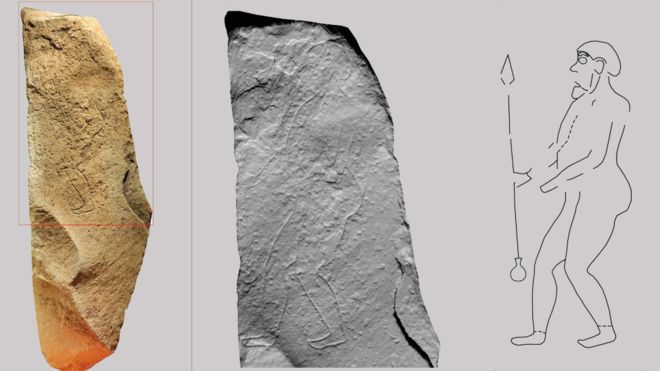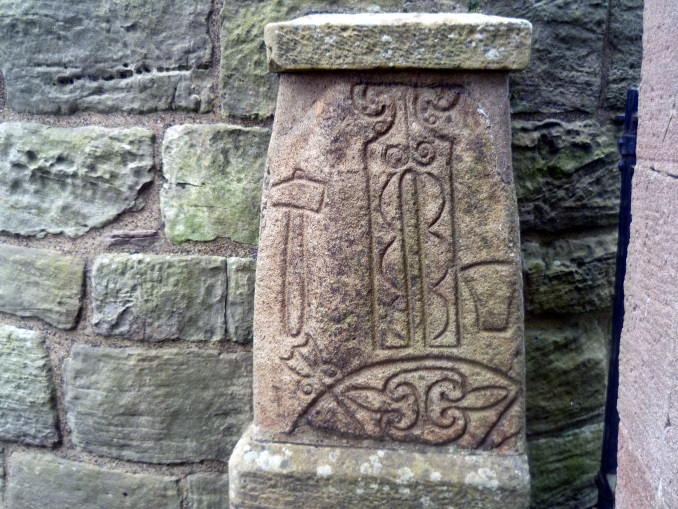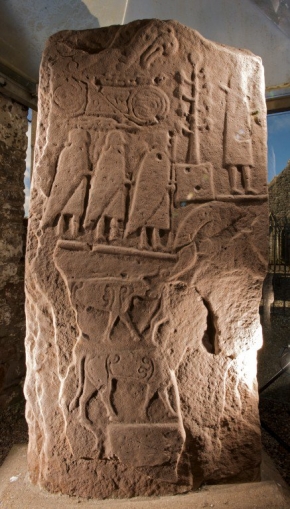Discovery of ancient carved stone gives impetus to growing interest in Scotland's Pictish history
The remains of Pictish art, language and society can be found throughout north and eastern Scotland. The Picts were a Celtic society of farmers and hunters and were a major force in the establishment of the Scottish nation. There is a growing interest in Scotland's Pictish history, which has given increased impetus to archaeological study. A fascinating legacy of the Picts are the beautiful and sometimes mysterious carved headstones that continue to be found. Further research into these, along with the many already known stones, is allowing archaeologists to try and decipher their meaning and the belief systems of those that caved them.
Deciphering the meaning of the images carved on the stones is allowing for a greater understanding of Pictish society. One such stone, depicting a male figure carrying a spear, was found during construction of a road near McDiarmid Park in 2017. It has striking similarities with two others found at Rhynie in Aberdeenshire and Newton of Collessie in Fife. An Aberdeen University research team has now clarified the carving using 3D imaging and it clearly depicts a warrior. The stone will undergo further research and preservation before going on display at a new museum in Perth in 2022.
Image: Pictish warrior carved on stone courtesy of University of Aberdeen. Other images are of Pictish carved stones at Abernethy and the Eassie sculptured stone.








